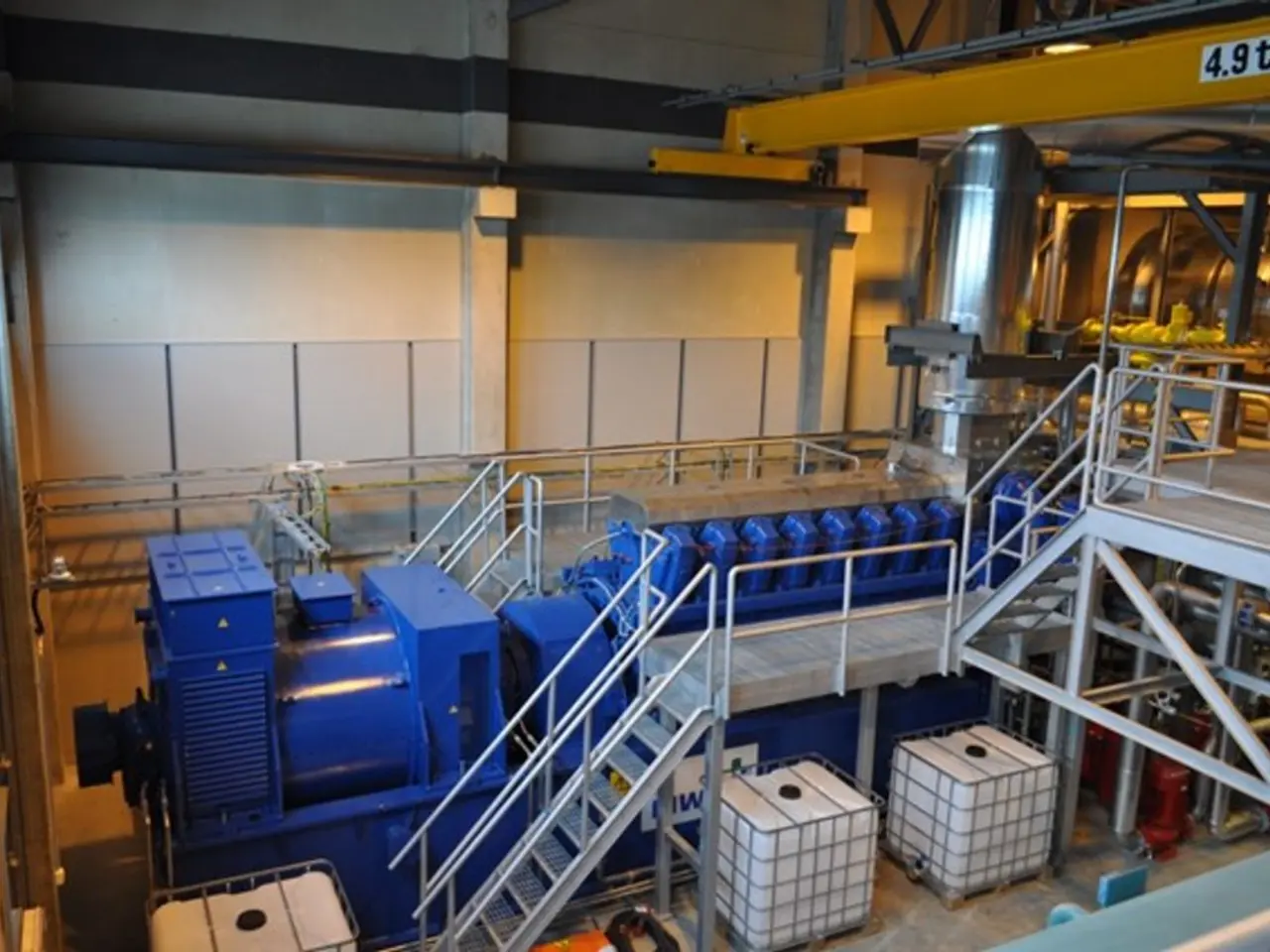Maximize Your Freight Expenses for Optimal Results!
In the ever-evolving world of transportation, effective freight cost prediction and budget management have become essential for businesses to thrive. This article outlines strategies that can help logistics managers anticipate costs more accurately, negotiate better contracts, and control operational inefficiencies.
Freight Cost Forecasting Methods
To begin, historical analysis is a valuable tool. By examining past shipment and cost data, spending patterns can be identified, and future costs can be predicted. Moreover, staying abreast of market trends such as fuel prices, carrier capacity, and demand shifts is crucial for accurate forecasting.
Statistical and machine learning models, like regression and predictive analytics, can also be employed to predict costs based on multiple variables. Scenario planning, where different operational and market scenarios are modeled to anticipate cost impacts, is another effective technique.
Demand Forecasting and Shipment Consolidation
Accurate demand forecasting using machine learning improves inventory and shipment planning, preventing overordering and reducing storage and transportation costs. Consolidating shipments to increase truckload utilization also reduces per-unit delivery costs by minimising trips, fuel consumption, and handling labor.
Carrier Contract Management
Renegotiating contracts based on shipping volume and carrier performance creates better pricing transparency and prevents hidden fees. Regularly reviewing contracts helps adjust to market conditions and maintain cost competitiveness.
Mode Optimization and Intermodal Strategies
Switching transport modes (e.g., from road to rail or sea) can significantly reduce costs on long hauls. Using intermodal freight solutions balances speed and cost efficiency.
Technology and AI-Driven Solutions
Adopting AI-powered logistics management aids in route optimization, demand forecasting, and warehouse management. AI enhances prediction accuracy, optimises carrier selection, automates shipping operations, and flags potential cost-saving opportunities.
IoT sensors, digital twins, and fleet management systems provide real-time data to proactively manage costs and improve operational efficiency.
Operational Efficiency Enhancements
Training drivers in fuel-efficient techniques and monitoring vehicle health reduces fuel use and maintenance costs. Freight audits, LTL to FTL consolidation, and automation in warehouses and transportation improve cost control and reduce labor expenses.
By combining these approaches, logistics managers can anticipate freight costs more accurately, negotiate better contracts, control operational inefficiencies, and leverage technology for continuous improvement and budget adherence. Multi-scenario forecasting and AI analytics are especially powerful for proactive cost management under fluctuating market conditions.
Transportation Spend and Cost Control
Transportation spend creates a pattern that helps companies more accurately predict rates to ensure the budget is not exceeded. Monitoring logistics management closely is essential for executives. Understanding transportation freight costs and current rates for lanes is crucial for cost analysis.
Keeping costs under control should be a proactive, not reactive strategy. Freight forwarders, crucial for businesses that specialize in importing and exporting goods, ensure a seamless and hassle-free transportation process. Establishing a transportation budget requires a clear idea of overall goals and limitations, including what needs to be shipped and preferred max costs.
Open and transparent communication lines with both sales and production management teams are essential for effective supply management. All supply chains face the uncertainty of market instability, political upheaval, and other disruptions, but proactive companies can minimise their impact.
The transportation industry is quickly changing to become more eco-friendly, with the development of electric and alternative fuel trucks. Companies can invest in automation and technology to collect and apply freight data seamlessly, such as Lane Signal. Companies that apply freight data to measure and maximise performance are poised to reap the most significant rewards in supply chain management.
[1] [Source] [2] [Source] [3] [Source] [4] [Source] [5] [Source]
- Logistics managers can use historical analysis to identify spending patterns and predict future freight costs more accurately, which is essential for effective business operations in global trade.
- For accurate freight cost forecasting, it's important to stay informed about market trends such as fuel prices, carrier capacity, and demand shifts, along with employing statistical and machine learning models like regression and predictive analytics.
- Adopting AI-powered logistics management can improve route optimization, demand forecasting, and warehouse management, while also optimizing carrier selection, automating shipping operations, and flagging cost-saving opportunities.
- To control transportation spend and costs, establishing a transportation budget requires a clear understanding of overall goals and limitations, effective communication with sales and production management teams, and leveraging technology solutions such as freight forwarders and tools like Lane Signal for seamless data collection and application.




